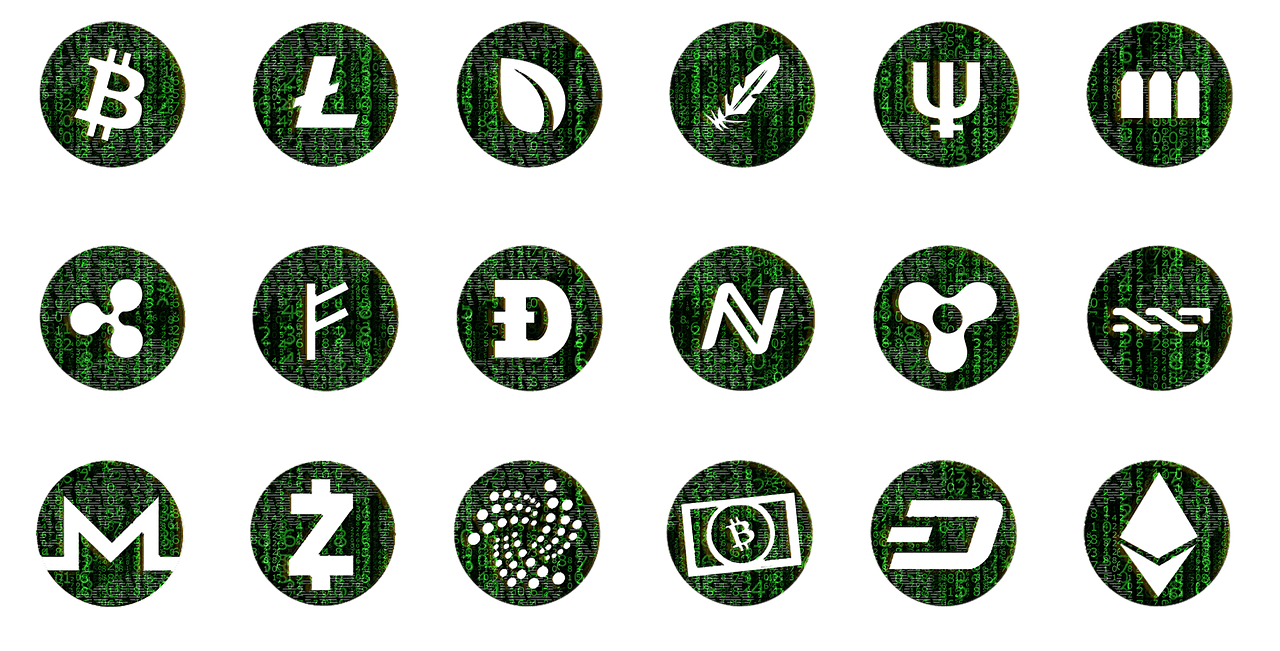
Are you ready to take your crypto trading game to the next level? Look no further than the revolutionary X-Shot Sniper BOT from $X Project. With lightning-fast execution, customizable trading strategies, and premium features like copy trading and influencer insights, X-Shot is poised to redefine the way traders engage with the market. Whether you’re a seasoned pro or just starting out, X-Shot offers the tools and support you need to maximize your gains and minimize potential losses. So, how can you get started with building your own crypto trading bot? Read on to discover the steps to unlock this game-changing technology for yourself.

1. Understanding the Basics of Crypto Trading Bots
Crypto trading bots have become increasingly popular in the world of cryptocurrency trading. These automated software programs are designed to execute trades on behalf of the user, utilizing predefined strategies and algorithms. By leveraging the power of technology, crypto trading bots aim to take advantage of market fluctuations and make more profitable trades.
To get started with building your own crypto trading bot, it’s essential to first understand the basics. Familiarize yourself with how these bots work, the different types of strategies they employ, and the potential risks and benefits of using them. It’s also important to have a good grasp of the crypto market and trading principles to effectively develop and utilize a trading bot.
2. Choosing a Programming Language
Once you have a solid understanding of the basics, the next step is to choose a programming language for developing your trading bot. There are several options to consider, such as Python, JavaScript, or C++. Each language has its own advantages and disadvantages, so it’s important to choose one that you’re comfortable with and suits your specific needs.
Python is a popular choice among developers due to its simplicity and extensive libraries for data analysis and trading. JavaScript, on the other hand, is commonly used for building web-based trading bots. C++ offers high-performance capabilities but requires more advanced programming skills.
Ultimately, the choice of programming language will depend on your familiarity and expertise in a particular language, as well as the functionality and complexity you desire for your trading bot.
3. Familiarizing Yourself with Cryptocurrency Exchanges
To effectively build and deploy your trading bot, it’s crucial to familiarize yourself with cryptocurrency exchanges. These exchanges serve as the platforms for buying, selling, and trading various cryptocurrencies. Key factors to consider when choosing an exchange include liquidity, security measures, supported trading pairs, and transaction fees.
By understanding how different exchanges operate and interact with trading bots, you can ensure seamless integration and maximize the bot’s effectiveness. It’s also important to research and stay updated on the latest regulatory requirements and compliance standards for exchanges in your region.
4. Selecting a Trading Bot Framework or Library
To streamline the development process and avoid reinventing the wheel, it’s recommended to leverage existing trading bot frameworks or libraries. These frameworks provide a foundation for building your bot and often come with prebuilt modules and functionalities that can be customized to suit your trading strategies.
Some popular trading bot frameworks include Zenbot, Gekko, and Freqtrade. These frameworks offer various features such as backtesting, indicator integration, and order execution capabilities. Evaluate different frameworks based on your specific requirements and choose the one that aligns best with your trading goals.

5. Setting Up Development Environment
Once you’ve chosen a programming language and trading bot framework, it’s time to set up your development environment. This involves installing the necessary software and tools required for coding and testing your bot.
Ensure that you have the latest version of the chosen programming language installed, along with any required libraries or dependencies. Set up a code editor or integrated development environment (IDE) for efficient coding and debugging. It’s also important to have a version control system in place to track changes and collaborate with other developers if needed.
6. Defining Trading Strategies and Indicators
Before implementing your trading bot’s functionality, you need to define the trading strategies and indicators it will utilize. This involves determining the entry and exit points for trades, risk management measures, and the specific criteria for buying or selling cryptocurrencies.
Consider using technical indicators such as moving averages, relative strength index (RSI), or Bollinger Bands to identify potential trading opportunities. Combine these indicators with your own research and analysis to develop a well-rounded trading strategy.

7. Implementing Trading Bot Functionality
With your trading strategies and indicators defined, it’s time to start implementing the functionality of your trading bot. This involves coding the logic that will execute trades based on predefined rules. Depending on your chosen trading bot framework, you may have access to built-in functions for order execution, data analysis, and position management.
It’s important to thoroughly test your trading bot’s functionality and handle various scenarios such as network failures, market crashes, or unexpected errors. Regularly monitor and update your bot to ensure it’s performing optimally.
8. Backtesting and Optimizing the Trading Bot
Before connecting your trading bot to a live trading account, it’s crucial to backtest and optimize its performance. Backtesting involves using historical market data to simulate the bot’s trading decisions and evaluate its effectiveness.
By analyzing the bot’s performance over different periods and market conditions, you can identify potential flaws or areas for improvement. Adjust your trading strategies and parameters based on the results of the backtesting to optimize your bot’s performance and increase profitability.
9. Connecting the Trading Bot to a Live Trading Account
Once you’re confident in your trading bot’s performance, it’s time to connect it to a live trading account. This involves integrating your bot with the chosen cryptocurrency exchange’s API (application programming interface) to enable real-time trading.
Before proceeding, ensure you understand the various permissions and limitations imposed by the exchange’s API. Implement appropriate security measures to protect your trading account and sensitive information. It’s also recommended to start with a small amount of capital and closely monitor the bot’s performance in the live trading environment.
10. Monitoring and Managing the Trading Bot
After connecting your trading bot to a live trading account, it’s essential to continuously monitor and manage its performance. Keep a close eye on the bot’s trades, profitability, and any potential issues or errors. Regularly review and analyze trading data to identify areas for fine-tuning.
Additionally, stay informed about market trends and news that may affect your trading strategies. Flexibility and adaptability are key to successful trading bot management. Regularly update and optimize your bot based on market conditions and your evolving trading goals.
By following these steps, you can get started with building your own crypto trading bot and potentially enhance your trading experience in the cryptocurrency market. Remember to research thoroughly, stay updated on market trends, and practice risk management to ensure a successful and profitable trading bot operation.
